With over eight decades of material to delve into, the world of Batman comics is a gift that keeps on giving. From vampire film stars to old-school cops putting up with costumed crooks, from idiosyncratic creators to interesting artistic choices, from standalone tales that merit careful reading to large-scale quasi-post-apocalyptic crossovers, I’ll never get tired of the exciting, entertaining, and sometimes utterly baffling directions this giant meta-narrative has taken over time…
Still, after five years and almost 300 posts, I guess it’s time for an overhaul. As much fun as I’ve had exploring the corners of Gotham City and as much as I wish to continue doing it, this has become a limited take on my reading interests. So, from now on, Gotham Calling will no longer be a blog primarily about Batman comics, but a blog about comics in general.
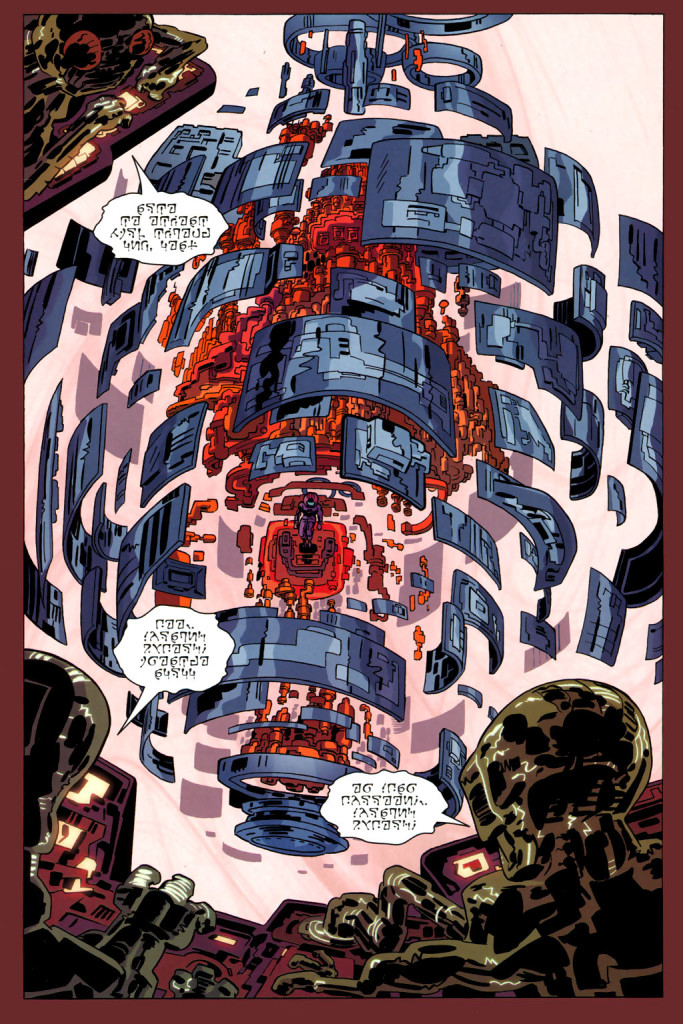 Gødland #14
Gødland #14
Well, ‘in general’ may be misleading, as the blog is bound to continue focusing essentially on genre stuff, particularly the kind of genres closer to Batman comics (two-fisted adventure, gothic horror, noirish mystery, superheroes).
There are many great works out there that fall outside this scope and I’ll fight to the death for the right of comics to be considered a medium rather than a genre – and a medium with the potential to tell powerful and nuanced stories (Rutu Modan’s The Property, Kathryn and Stuart Immonen’s Moving Pictures, David Mazzucchelli’s Asterios Polyp), to engage with mature, complex topics (Marjane Satrapi’s Chicken with Plums, Nick Drnaso’s Sabrina, Sam Kieth’s Four Women), to enable transcendent formal experiments (Richard McGuire’s Here, Max’s Rey Carbón, Chris Ware’s Building Stories), and to produce original, expressive non-fiction (Mana Neyestani’s An Iranian Metamorphosis, Edward Ross’ Filmish, Joe Sacco’s Footnotes in Gaza) at that. Still, I’ll let other voices scrutinize all those brilliant books. I have more fun digging through the trash of pop culture, looking for political subtext and artistic interest in works where they are not so apparent… or where they take a particularly eccentric form.
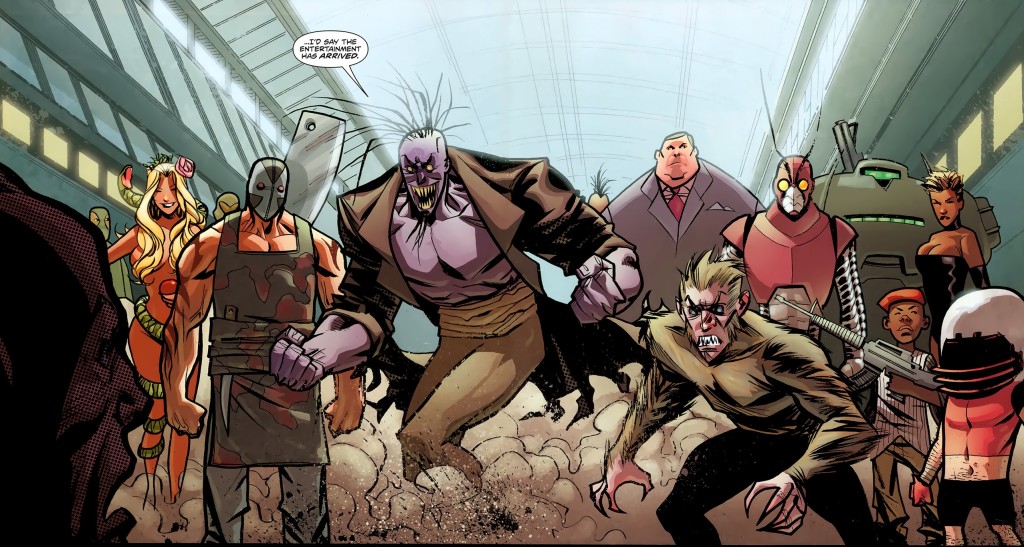 Incorruptible #18
Incorruptible #18
In fact, the Caped Crusader and his supporting cast will probably never be too far away. Basically this will stop being a blog about Batman comics that often delves into other books and it will become a blog about all sorts of books that often delves into Batman comics – I’m guessing they’ll pop up around once a month, as I’ll continue to expand the sections ‘THE WRITERS OF BATMAN COMICS’ (Ty Templeton and Chuck Dixon are long overdue), ‘BATMAN COMICS FOR BEGINNERS’ (perhaps a post on trade collections about the extended Bat-family), ‘THE POLITICS OF BATMAN COMICS’ (depictions of religion and sexuality deserve closer attention), ‘GOTHAM CITIZENS’ (at the very least Spoiler and Condiment King), ‘THE ART OF BATMAN COMICS’ (Norm Breyfogle! J.H. Williams III!), ‘THE COVERS OF BATMAN COMICS’ (now a separate section, since covers are such a specific art form), and ‘WEBS OF FICTION’ (so many Elseworlds to explore…).
Yet I hope to branch out deeper into other territory – I want to write about Daredevil and She-Hulk, about Eurocomics and the Doom Patrol, about the role of cruelty in Will Eisner’s Dropsie Avenue and the depiction of madness in Shade, the Changing Man. Expect to find new sections such as ‘THE WRITERS OF SUPERMAN COMICS,’ ‘X-MEN COMICS FOR BEGINNERS,’ ‘THE POLITICS OF HELLBLAZER,’ ‘CITIZENS OF THE WILDSTORM UNIVERSE,’ and ‘THE ART OF DC HORROR COMICS.’ I want ‘WEBS OF FICTION’ to encompass various kinds of intertextual games, even when they don’t involve the Dark Knight.
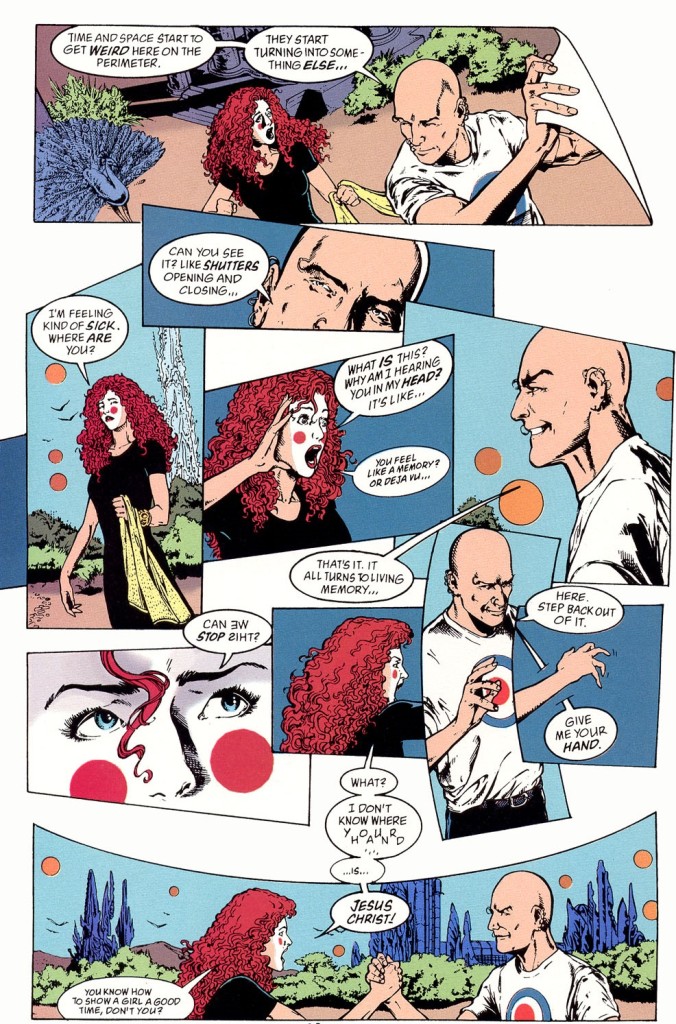 The Invisibles (v2) #6
The Invisibles (v2) #6
I’m also rearranging the ‘BEYOND BATMAN COMICS’ section and distributing those posts across new thematic lines. ‘FANTASTIC ADVENTURES’ will spotlight pulpy books with outlandish premises, such as sword & sorcery epics, science fiction, horror tales, and all sorts of schlocky escapism. This is where you’ll find the supernatural stuff, including over-the-top concepts like evil mutant dinosaurs or alien war zombies, as well as whatever fever dreams have popped out of the effervescent minds of Pat Mills, Peter Milligan, and Warren Ellis.
From the globetrotting slapstick of Spirou and Fantasio to the satirical cyberpunk dystopias of 2000 AD, from the nasty anthologies published by EC in the 1950s to Marvel’s more adult-oriented black & white magazines from the 1970s, not to mention the creative revolution spearheaded by editor Karen Berger in the late ‘80s / early ‘90s (which culminated in the Vertigo imprint), some of it is bound to be more lighthearted (including all-ages comics) and some of it much darker and occasionally offensive (evoking the ‘guilty pleasure’ feel of movies like the The Road Warrior or Indiana Jones and the Temple of Doom). Among the surreal creatures, buoyant swashbucklers, time-traveling paradoxes, dimension-hopping fantasy, and all-around explosive mayhem, the idea is to celebrate the goofy weirdness and mindboggling imagination that can be found even in the most formulaic series.
‘HARDBOILED CRIME’ will focus on (comparatively) more grounded material, including gritty thrillers, detective stories, vigilante-themed exploitation, and anything that emulates film noir. I often gravitate towards this type of stuff, perhaps because the illusion of safely – and temporarily – accessing the kind of environments (criminal underworld), characters (testosterone-fueled bastards), and situations (deadly violence) I find so unappealing in real life provides some sort of perverse catharsis to all those lingering impulses. It’s also a sensory thing: bloody fisticuffs, smoking guns, dirty sidewalks, and sexy silhouettes are the perfect raw material for visually compelling narratives. Indeed, they’re perfectly suited for the language of comics, to the point that the graphic novels from the series Sin City, Parker, and Tyler Cross clearly belong in the pantheon of the most hardcore explorations of noir in any medium.
That said, besides retro-stylized works, I’ll try to tap into different branches of crime fiction, especially indie comics with a hip attitude by the likes of David Lapham, Rich Tommaso, and Anya Davidson. I’ll also continue to look into street-level action books set within superhero universes and even westerns when I feel like it.
‘SPYCRAFT & WARFARE’ is the spy fiction section. It is bound to have some overlap with the previous two, but with espionage and foreign intrigue occupying a more central position. The focus may seem narrower, but this is a fascinating narrative line with a large set of specific tropes I’d like to explore more thoroughly. There is so much about spy tales that can be fun to discuss… Toby Miller really nailed it in his thought-provoking book Spyscreen when he argued that this is a genre whose appeal can be seen as lying ‘in the romance of citizenship: readers and viewers test and enjoy limit cases presented by the comparative anarchy of international relations, where loyalty, patriotism, and even the mundanity of public employment, are suddenly reforged as plays with death and doom.’
My taste in spy fiction is relatively broad, accommodating different traditions. Many critics and fans make a rigid distinction between the more action-driven, escapist approach to the genre and a more low-key, sophisticated one, the two extremes embodied, respectively, by the James Bond franchise and John le Carré’s novels. For me, though, the division is not so straightforward. After all, even the escapist show Mission: Impossible had episodes like ‘Live Bait’ and ‘The Mind of Stefan Miklos,’ which anticipated the kind of cerebral confrontations George Smiley would have with Karla in the works of le Carré, and even the initially low-key Harry Palmer films, for all their drab, naturalistic mood and ‘working man’ protagonist, culminated in an over-the-top climax (in Billion Dollar Brain) that wouldn’t look out of place on a Bond movie. (Hell, my favorite understated, pseudo-realistic spy show airing at the moment, Counterpart, actually has a sci-fi premise at the core.)
With that in mind, there’s actually quite a lot of material to dig into, especially once you begin to tackle the unstoppable deluge of Cold War throwbacks and 007 spoofs. Plus, this section will also embrace straight-up war stories, including men-on-a-mission yarns (which are a sort of cousin to spy thrillers).
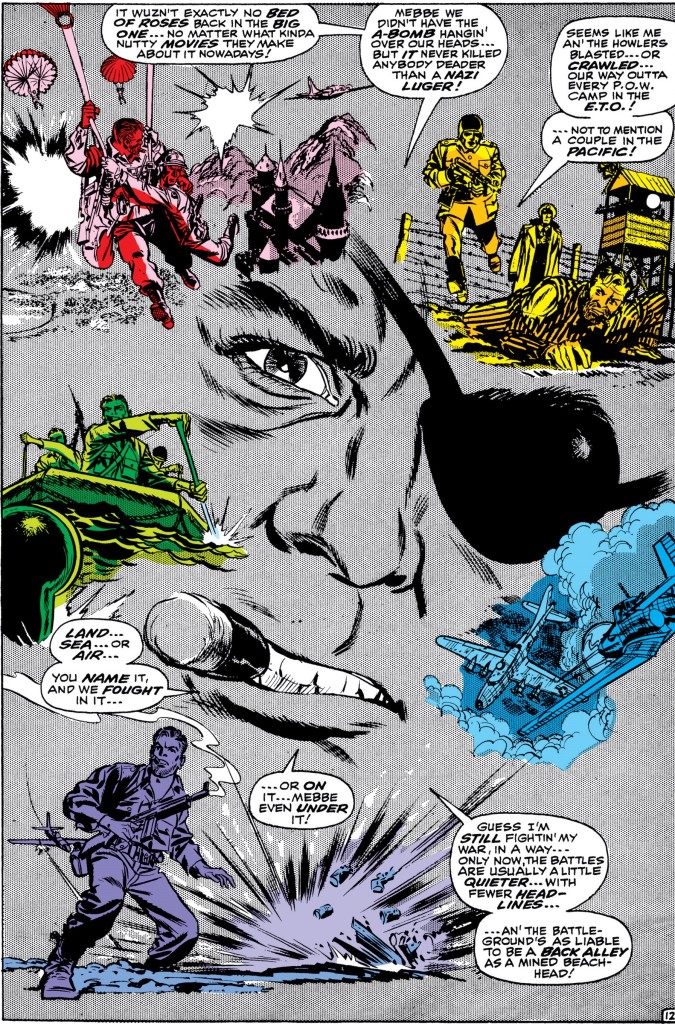 Nick Fury, Agent of S.H.I.E.L.D. #4
Nick Fury, Agent of S.H.I.E.L.D. #4
You get no points for guessing the theme of the ‘SUPER POWERS’ section, as it’ll delve into the purest of comic book genres. For starters, expect more posts on accessible, continuity-light superhero series and R-rated revisionist works, but I’m also interested in how incredibly intricate and self-referential mainstream stories have become over the years, so I’ll be writing about that as well.
In retrospect, you can see how the superhero boom sprung, not just from the power fantasies of immigrant kids coming to terms with the Great Deppression and European fascism, but from various strains of late 1930s’ / early 1940s’ visual culture, from Technicolor fantasy sagas like Victor Fleming’s The Wizard of Oz and Alexander Korda’s The Thief of Bagdad to the rip-roaring exploits of outlaws fighting social injustice in the likes of Michael Curtiz’s The Adventures of Robin Hood and Rouben Mamoulian’s The Mark of Zorro. Still, probably nobody at the time expected a high concept as childish as Superman to generate so many lasting, successful variations, with a whole industry managing to keep this admittedly silly archetype enduringly relevant and captivating. Muscular embodiments of the United States have been pitted against hordes of Nazis, commies, sinister doppelgangers, orientalist stereotypes, and all sorts of enemies du jour. There have been countless kid sidekicks, super-pets, secret identities, nuclear origin stories, deliriously illustrated slugfests, masked fetishism, inventive powers, confusing reboots, derivative plots, proto-fascist subtext, and a history of somewhat awkward attempts to deal with diversity (going back to the first female lead, the very strange Fantomah, Mystery Woman of the Jungle, according to Jon Morris’ informative The League of Regrettable Superheroes).
Playboy millionaires in fictitious cities gave way to the class-conscious Spider-Man franchise, with its obvious puberty metaphor and its quintessential connection to NYC’s architecture and lively melting pot. (It’s no wonder Spidey has had more cool film versions than any other superhero, whether it’s Sam Raimi’s charmingly retro, soap operatic, and slightly hysterical trilogy or Jon Watt’s thrilling – and self-reflexive – millennial comedies, not to mention the trippy geekgasm that is Into the Spider-Verse.) Creators like Steve Gerber, Rick Veitch, and Joe Casey have reinterpreted the genre in offbeat and provocative ways. The postmodern edge of Alan Moore’s and Frank Miller’s dark deconstructionism in the 1980s mutated into the turn-of-the-millennium’s widescreen superheroics (The Authority, JLA) and more colorful reconstructionism (Astro City, America’s Best Comics). Who knows what’s coming next?
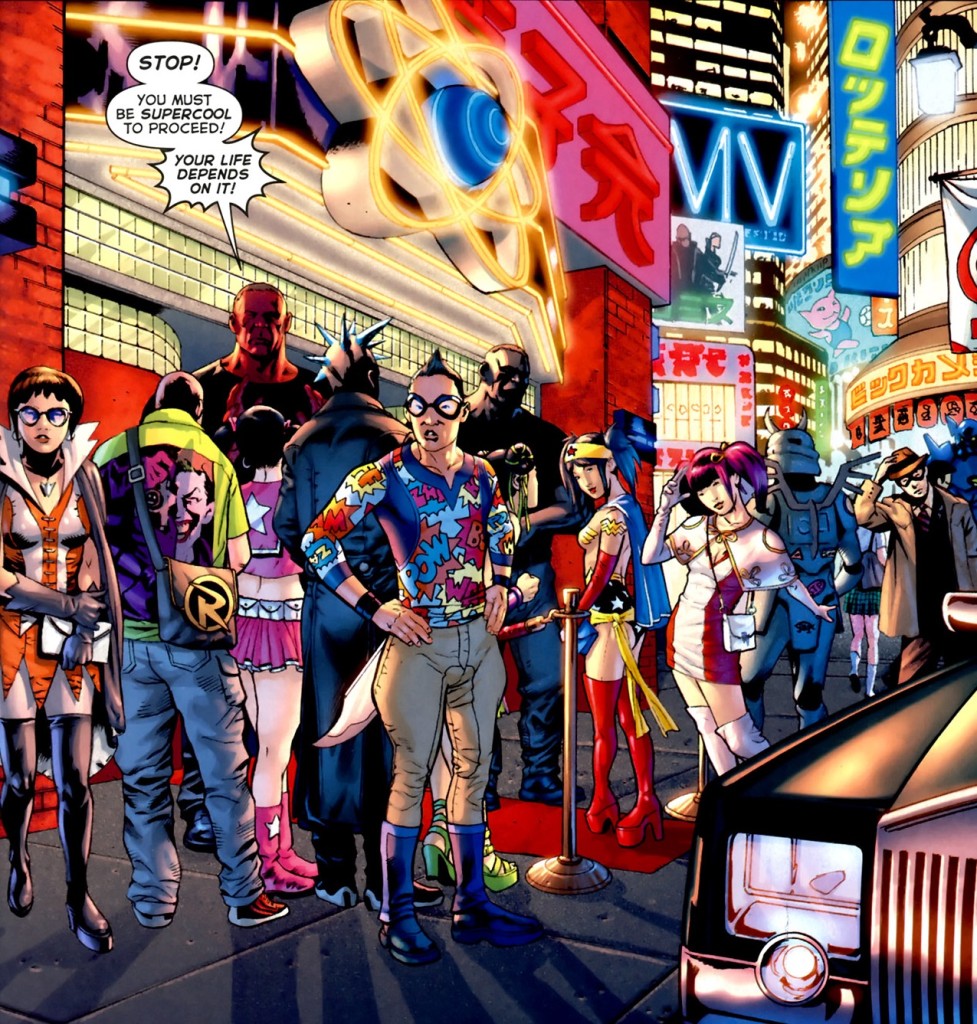 Final Crisis #2
Final Crisis #2
Not all sections will be defined by genre. ‘GLIMPSES INTO AWESOMENESS’ will be more art-centric, highlighting neat covers or intriguing splash pages and letting you bask in their glory without much in-depth discussion. While many of the other posts will seek to draw attention to how deceptively clever some works can be, this section will focus on a more visceral kind of appeal, which – let’s face it – is also a big part of this medium’s power (writers like Fabien Nury and Fred Van Lente know just how to punctuate their narratives with striking moments, just as artists like Joëlle Jones, Sophie Campbell, and Frazer Irving excel at crafting awesome-looking panels that you can stare at for ages).
Because sometimes I feel like writing thousands of words about a comic book, but other times I just want to share gorgeous, context-free images with bizarre creatures or clown Vikings and leave the rest up to your imagination…
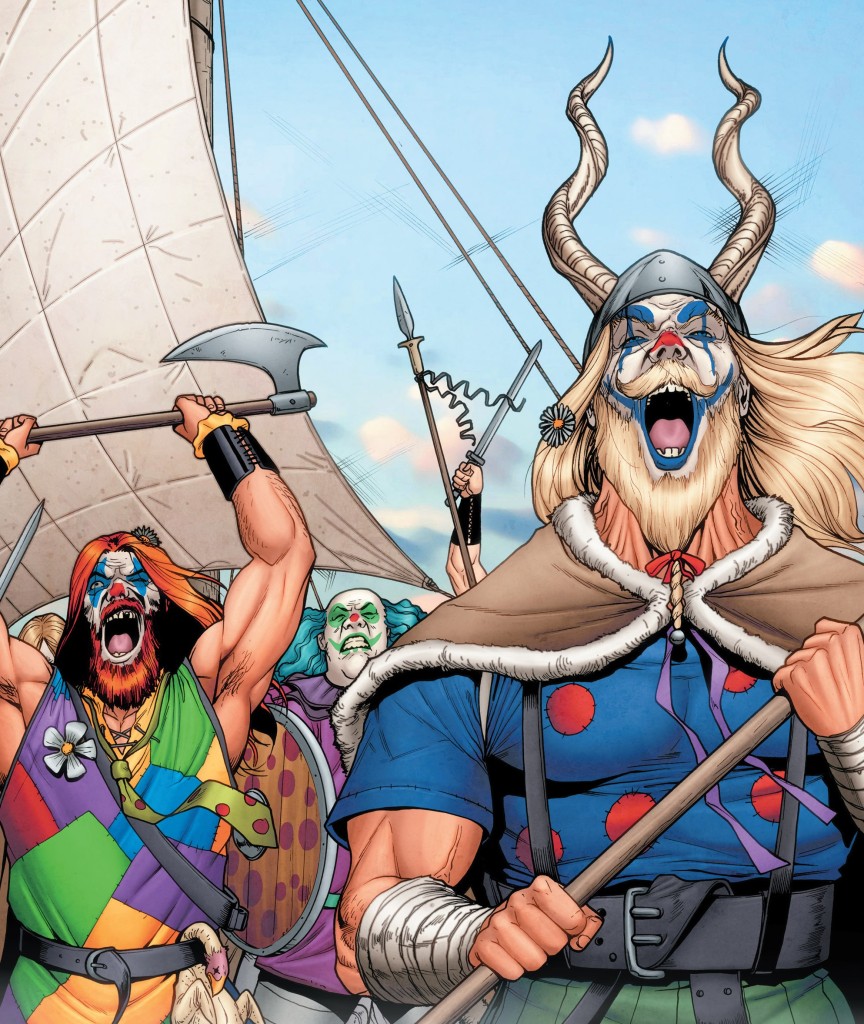 Ivar, Timewalker #9
Ivar, Timewalker #9
Finally, there will continue to be occasional ventures into prose novels, movies, and television, usually – but not necessarily – with some tangential relation to comics. Again, you can count on more junk than highbrow art, privileging cult works over the mainstream canon, although these distinctions are sometimes blurry and, ultimately, absurd. After all, we now live in an era where you can regularly watch shows with cool ninja fights mixed with intelligent writing (like in Daredevil or Westworld).
More than ever before, audiovisual fiction seems to be taking its cues from comic books. Not only have interconnected superhero sagas become a dominant blockbuster genre, but so many smaller comics are being adapted to the screen that I’ve completely lost track. You might think a film buff/comic geek like me would be all over this, yet I’m actually growing increasingly frustrated… As much as I love it when these two media draw on each other for inspiration, I prefer it when that inspiration is channelled towards fresh material. When it comes to direct adaptations of existing characters and concepts, I often feel like I’m getting less instead of more. So, my main focus won’t be to scrutinize live-action versions of comics – in line with the spirit of the remaining sections, I’m bound to be more interested in older works with fantastic elements, criminals, spies, and/or superheroes, including the same *type* of exhilarating narratives and memorable imagery that adorn my favorite books. And since they fit into the genres discussed elsewhere, I’m also redistributing the posts from ‘BEYOND BATMAN FILMS’ across the blog.
All in all, I hope you’ve enjoyed the past five years. It only gets better from now on!

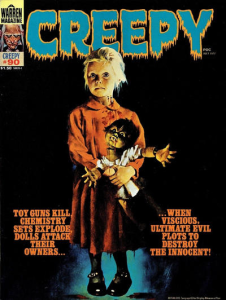
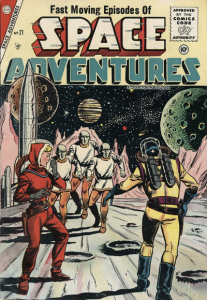
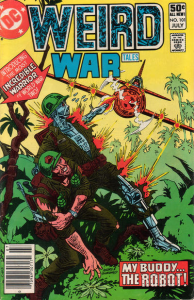
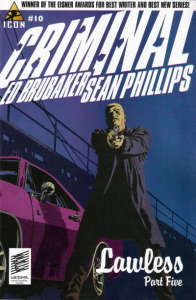
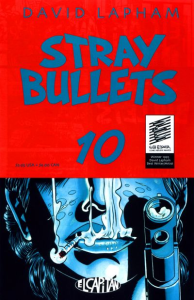
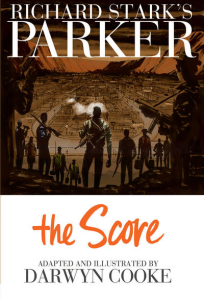
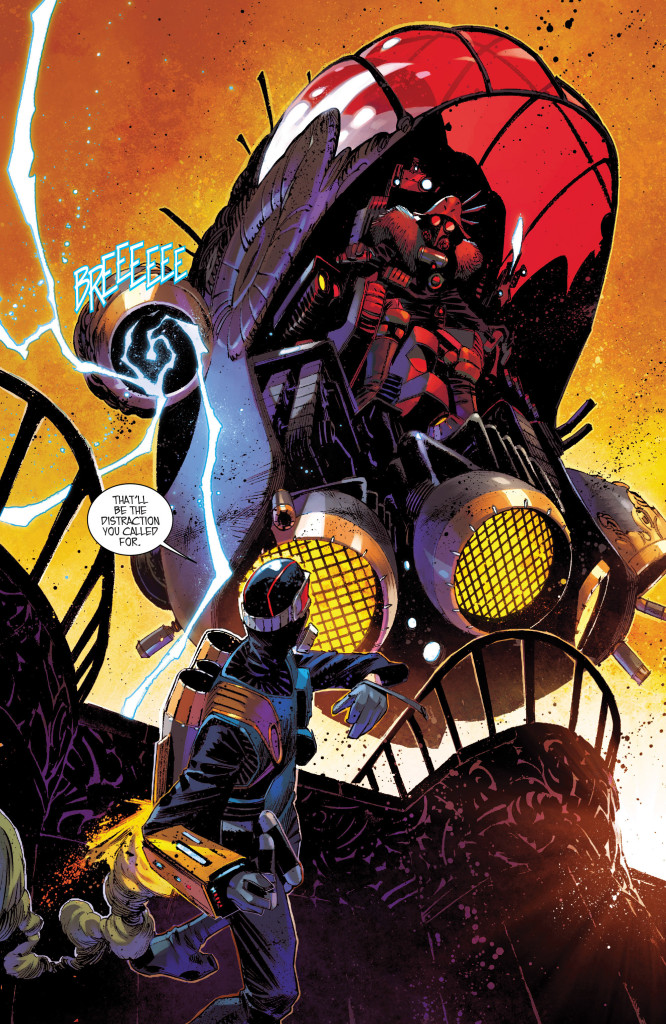
I’ve been lurking on this site for a couple of years now, and I love it! It’s entertaining AND it’s a great reference source for tracking down stories, writers and artists!
I am enjoying the new stuff very much. Superman especially will be fun to see more about, but it loks like all the new content you’re adding is right up my alley – so thanks for the great work!
Thanks! There will be more Superman soon…